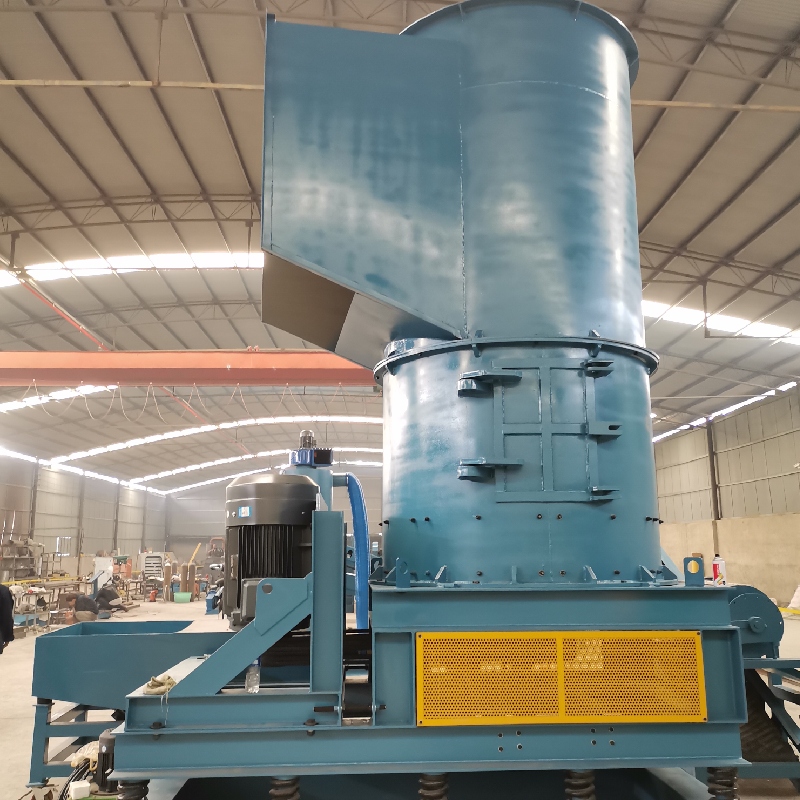

Nov . 20, 2024 20:21 Back to list
Understanding Eddy Current Separator Technology A Game Changer for Material Recovery
In today's world, the efficient separation and recovery of recyclable materials are more crucial than ever. One of the most innovative technologies that have emerged in this field is the Eddy Current Separator (ECS). This advanced separation method utilizes the principles of electromagnetic induction to effectively segregate non-ferrous metals from other materials. In this article, we will explore how this technology works, its benefits, and its applications in various industries.
How Eddy Current Separators Work
Eddy Current Separators operate on a simple yet effective principle. At the core of the ECS is a rotating magnet that creates a rapidly changing magnetic field. When conductive materials, such as aluminum or copper, pass through this field, they generate eddy currents. These eddy currents create their own magnetic fields, which either repel or attract the objects based on the orientation of the electrons within the metals.
As non-ferrous metals reach the ECS, they are subjected to this magnetic action. The separator effectively propels these metals away from the bulk of the material being processed, allowing for a clean and efficient separation. This technology is especially effective for sorting out materials from waste streams such as scrap metal, municipal solid waste, and electronic waste.
Advantages of Eddy Current Separators
The ECS boasts several advantages over traditional separation methods. Firstly, it offers high efficiency and a significant increase in recovery rates of non-ferrous metals. Traditional methods often struggle to separate these materials due to their density and size, whereas the ECS excels in isolating them from mixtures, maximizing the recovery of valuable resources.
Secondly, eddy current technology reduces operational costs. This is due to its high throughput capacity and low energy consumption compared to other separation technologies. Once set up, the ECS requires minimal manual intervention, leading to lower labor costs and decreased waste processing time.

Additionally, ECS can adapt to various applications. Whether in recycling plants, waste management facilities, or manufacturing sectors, the technology provides versatility, accommodating different material compositions and processing goals.
Applications of Eddy Current Separators
Eddy Current Separators are widely used in multiple sectors. In the recycling industry, they play a critical role in sorting non-ferrous metals from other materials in a mixed waste stream. This capability is invaluable, allowing recycling plants to enhance their material recovery and reduce landfill waste significantly.
In the mining and mineral processing industries, ECS are employed to separate useful metals from ore. By integrating this technology, companies can increase their efficiency and yield, ultimately improving profitability and sustainability.
Furthermore, ECS can be found in e-waste recycling, where they assist in the recovery of valuable components from discarded electronic devices. Given the rapid growth of the electronic waste stream, this application is becoming increasingly important.
Conclusion
Eddy Current Separators represent a significant advancement in material recovery technology. Their ability to efficiently separate non-ferrous metals from various waste streams has revolutionized recycling processes and resource recovery. As industries continue to seek sustainable solutions, Eddy Current Separators will undoubtedly play a vital role in shaping a more resource-efficient future. By embracing this technology, we can better manage our waste and reclaim valuable materials, contributing to a circular economy.
Latest news
Troubleshooting Common Eddy Separator Problems
NewsJul.04,2025
The Role of Metal Recycling Plants in Circular Economy
NewsJul.04,2025
The Impact of Recycling Line Pickers on Waste Management Costs
NewsJul.04,2025
Safety Features Every Metal Shredder Should Have
NewsJul.04,2025
How Industrial Shredders Improve Waste Management Systems
NewsJul.04,2025
How Cable Granulators Contribute to Sustainable Recycling
NewsJul.04,2025